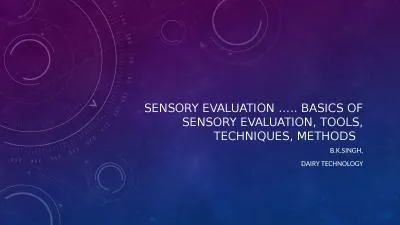PPT-How to Incorporate Sensory Detail in Writing
Author : tawny-fly | Published Date : 2018-10-27
Are facts that are collected through the 5 senses Sensory Details Use sensory d etails in writing to give the read a clear idea of what you are describing Example
Presentation Embed Code
Download Presentation
Download Presentation The PPT/PDF document "How to Incorporate Sensory Detail in Wri..." is the property of its rightful owner. Permission is granted to download and print the materials on this website for personal, non-commercial use only, and to display it on your personal computer provided you do not modify the materials and that you retain all copyright notices contained in the materials. By downloading content from our website, you accept the terms of this agreement.
How to Incorporate Sensory Detail in Writing: Transcript
Download Rules Of Document
"How to Incorporate Sensory Detail in Writing"The content belongs to its owner. You may download and print it for personal use, without modification, and keep all copyright notices. By downloading, you agree to these terms.
Related Documents

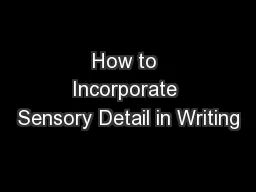
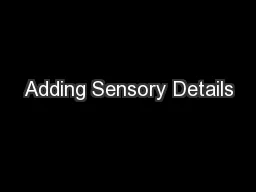
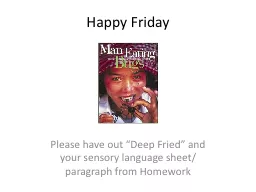
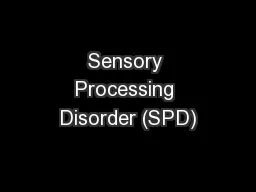
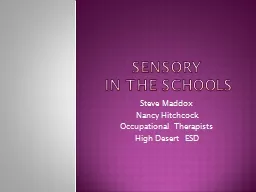
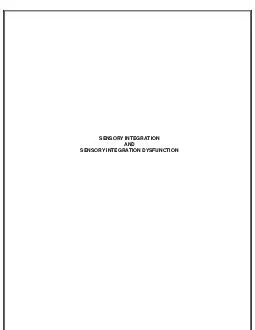

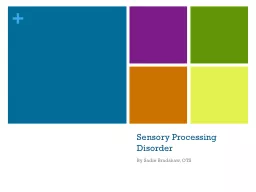
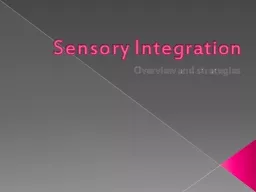
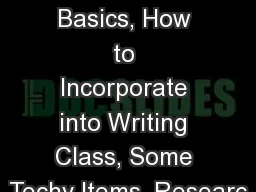

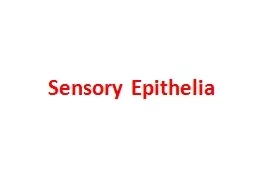
![[EBOOK] - Teach Students How to Learn: Strategies You Can Incorporate Into Any Course](https://thumbs.docslides.com/901541/ebook-teach-students-how-to-learn-strategies-you-can-incorporate-into-any-course-to-improve-student-metacognition-study-skill.jpg)
